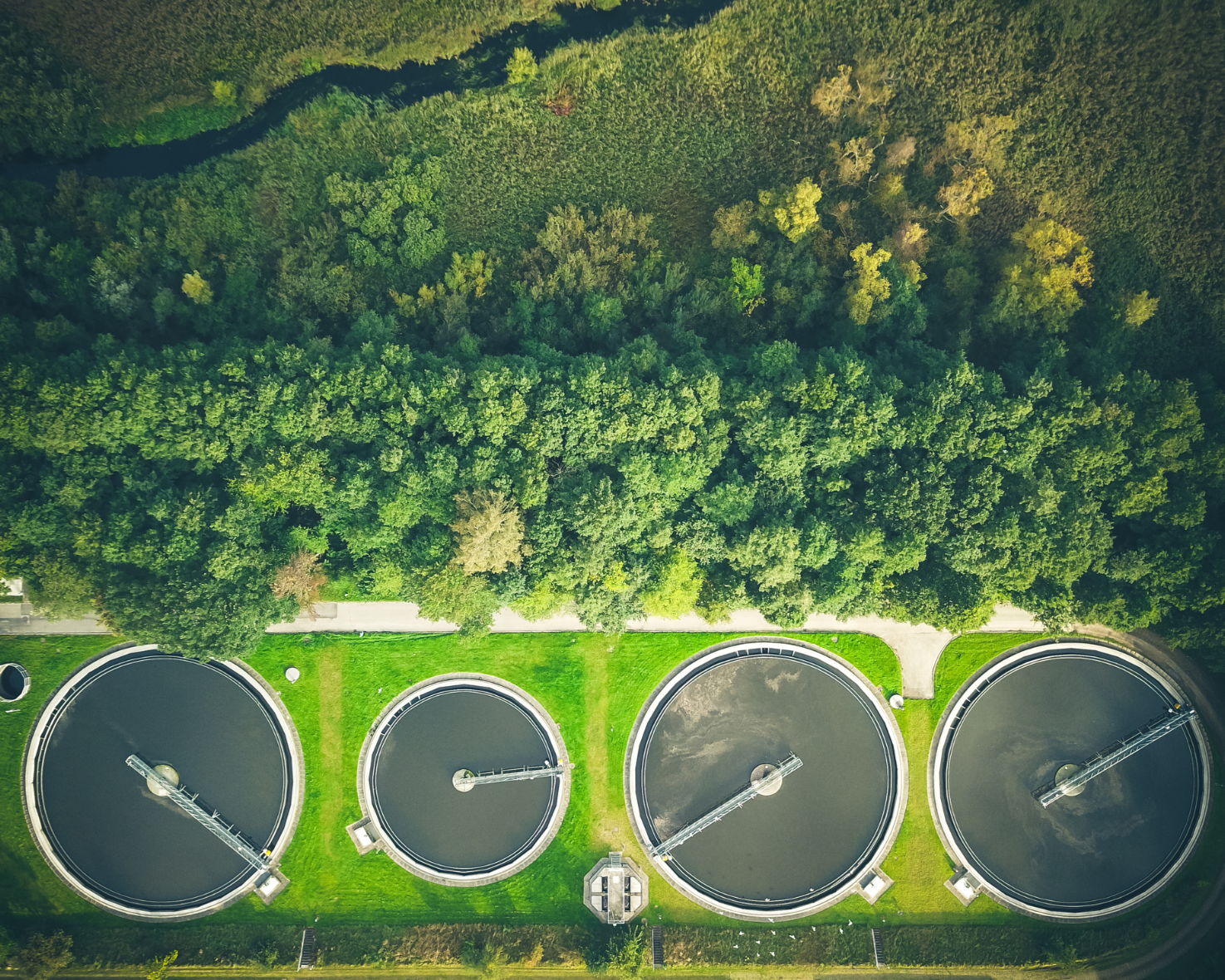
The textile industry is a cornerstone of Bangladesh's economy, but its environmental impact can't be ignored. Recognizing this challenge, Kingsley Engineering Service Corporation is at the forefront of providing Zero Liquid Discharge (ZLD) solutions. We empower textile companies to embrace a sustainable future through the 3R approach: Reduce, Reuse, Recycle.
What is
ZLD?
Zero Liquid Discharge (ZLD) is an advanced water treatment process designed to eliminate liquid waste from industrial operations. The core principle of ZLD is to ensure that no wastewater is discharged into the environment. Instead, all water is treated, recovered, and reused within the system, leaving behind only solid waste for disposal or reuse.
Key Objectives and Benefits of
Kingsley’s ZLD System
The primary objectives of our ZLD systems are to achieve complete elimination of liquid waste discharge and to promote sustainable water management practices. The key benefits of implementing ZLD in the textile industry include:
- Environmental Protection: By preventing the discharge of polluted wastewater into natural water bodies, ZLD helps protect ecosystems and maintain water quality.
- Regulatory Compliance: ZLD systems enable industries to meet stringent environmental regulations and discharge limits of ZDHC (Zero Discharge of Hazardous Chemical) & Bangladesh Department of Environment, reducing the risk of legal penalties and reputational damage.
- Water Conservation: ZLD maximizes water recovery, significantly reducing the need for fresh water intake and promoting sustainable water use.
- Resource Recovery: Valuable by-products, such as salts and chemicals, can be recovered from the wastewater, creating opportunities for reuse and cost savings.
- Operational Efficiency: Reducing wastewater discharge can improve overall operational efficiency and reduce waste management costs.
Zero Liquid Discharge (ZLD):
How It Works
Our ZLD system utilizes a combination of conventional and advanced treatment technologies to achieve minimal to no liquid waste discharge. Here’s a breakdown of the ZLD treatment process:
- Production Process: The process begins with raw wastewater generated during various stages of textile production, such as washing, dyeing, printing, and finishing.
- Effluent Treatment Plant: The wastewater first undergoes in an Effluent Treatment Plant (ETP). ETP is a conventional wastewater treatment system that removes organic and inorganic pollutants through biological and chemical processes.
- ACF and PSF: Following the ETP, the wastewater enters a filtration stage using Activated Carbon Filters (ACF) and Pressure Sand Filters (PSF). ACF removes organic contaminants and residual chlorine through adsorption, while PSF removes suspended particles through filtration.
- Ultrafiltration (UF) or Microfiltration (MF): After ACF & PSF, the wastewater undergoes UF or MF. These membrane filtration processes remove suspended solids, bacteria, and other colloids from the wastewater.
- RO (Reverse Osmosis): The pre-treated wastewater then enters the first stage of RO. RO uses a semi-permeable membrane to separate the water from dissolved salts and contaminants. The RO permeate, which is the treated water, can be reused in the textile manufacturing process. The RO reject, or concentrated brine solution with high TDS moves on to the additional RO stages (stages 2, 3, and 4). With each RO stage, the permeate stream becomes increasingly concentrated with dissolved solids, while the reject stream becomes more concentrated.
- MEE (Multi Effect Evaporation): The RO reject wastewater is concentrated further in a Multi Effect Evaporation (MEE) unit. MEE uses thermal energy to evaporate water from the brine solution, resulting in a more concentrated brine and a water vapor distillate. The distillate can potentially be reused in the textile process.
- ATFD (Agitated Thin Film Dryer): Our Zero Liquid Discharge (ZLD) process uses ATFDs as the final step to remove all liquid waste. These dryers work by creating a thin film of concentrated liquid on the inside walls of a heated tank. This film technology allows for very efficient heat transfer, which quickly evaporates the liquid. The resulting dry product falls to the bottom of the tank for collection.
![ZLD_Schematic_Diagram_Modified_Sudipto for IUB[1] ZLD_Schematic_Diagram_Modified_Sudipto for IUB[1]](https://kingsleygroup.co/wp-content/uploads/2024/06/ZLD_Schematic_Diagram_Modified_Sudipto-for-IUB1.jpg)
Schematic Process Flow Diagram of ZLD (Zero Liquid Discharge) system
Why Kingsley is the
Right Fit for Your ZLD System
At Kingsley, we understand the importance of sustainable and efficient industrial processes. That's why we offer top-tier Zero Liquid Discharge (ZLD) services, designed to help your facility achieve its environmental goals and optimize water usage.
Our team of experts with extensive experience in designing, implementing, and maintaining ZLD systems. We understand the unique challenges of handling various waste streams and can tailor a solution to suit your needs perfectly.
Here's what makes Kingsley the Best Choice:
- Optimizing Processes, Minimizing Waste:
Kingsley's ZLD solutions go beyond traditional wastewater treatment. We work with textile industries to optimize production processes, minimizing water, energy, and chemical consumption. This not only benefits the environment by reducing resource depletion and pollution but also translates into significant cost savings by recovering valuable minerals. - Achieving ZLD: A Collaborative Journey:
Kingsley understands that a one-size-fits-all approach doesn't work for ZLD. We collaborate with each client to design a customized ZLD system that integrates seamlessly with their existing infrastructure and budget. Our advanced technologies work in tandem with traditional ETPs to achieve near-complete wastewater treatment, minimizing liquid waste discharge to the environment. - Unveiling the Best Solutions, Together:
The textile industry is adopting diverse ZLD systems. Kingsley is actively involved in research to determine the most effective solutions for different textile processes and company needs. This ongoing research will establish realistic timelines for achieving ZLD goals, paving the way for a greener future for the industry. - Sustainable Success: A Win-Win for All:
By partnering with Kingsley for ZLD implementation, textile companies can significantly reduce their environmental footprint. This translates to a more responsible industry image, improved local communities, and the conservation of precious natural resources. Kingsley's ZLD solutions are a key driver for sustainable growth in Bangladesh's textile sector, setting a powerful example for environmental responsibility.
How Does the
Water Pollution Affect the Environment?
Water pollution can have profound and wide-ranging effects on the environment. Here are some of the key ways it impacts ecosystems:
- Contamination of Drinking Water: Water pollution can render drinking water sources unsafe for human consumption. Pollutants such as heavy metals, chemicals, and pathogens can cause a variety of health issues, including gastrointestinal illnesses, reproductive problems, and neurological disorders.
- Harm to Aquatic Life: Pollutants in water bodies can harm or even kill aquatic organisms. Chemical pollutants can disrupt the reproductive systems of fish and other wildlife, leading to population decline. Additionally, excess nutrients from sources like agricultural runoff can cause algal blooms, which deplete oxygen levels in the water and suffocate fish and other organisms.
- Disruption of Ecosystems: Water pollution can disrupt entire ecosystems by altering the balance of species and their interactions. For example, the introduction of pollutants can lead to the decline or extinction of certain species, which can have cascading effects throughout the food chain.
- Habitat Destruction: Pollution can degrade or destroy habitats such as wetlands, rivers, and coral reefs, which are crucial for supporting biodiversity and providing ecosystem services such as flood control, water filtration, and shoreline stabilization.
- Economic Impacts: Water pollution can have significant economic costs, including expenses related to water treatment, healthcare costs from waterborne diseases, loss of fisheries and tourism revenue, and property damage from floods and erosion.
- Global Impacts: Some pollutants, such as certain persistent organic pollutants and heavy metals, can bioaccumulate in the food chain and travel long distances through processes like atmospheric deposition and ocean currents, leading to widespread environmental damage on a global scale.
Overall, water pollution poses a serious threat to both human well-being and the health of ecosystems worldwide, highlighting the urgent need for effective pollution prevention and remediation measures.
Zero Liquid Discharge (ZLD) in
Environmental Sustainability and Conservation in Bangladesh
Implementing Zero Liquid Discharge (ZLD) systems in Bangladesh could significantly contribute to environmental sustainability and conservation efforts in several ways:
- Water Conservation: Bangladesh faces significant challenges related to water scarcity, especially in densely populated urban areas. ZLD systems treat wastewater from industries and municipalities, enabling the recycling and reuse of water. By minimizing water usage and reducing the burden on freshwater sources, ZLD helps conserve precious water resources.
- Pollution Prevention: Industrial wastewater often contains harmful pollutants and contaminants that can degrade water quality and harm ecosystems. ZLD systems effectively treat wastewater, removing pollutants and ensuring that only clean water is discharged or reused. This helps prevent pollution of rivers, lakes, and groundwater, safeguarding both human health and aquatic ecosystems.
- Compliance with Regulations: Bangladesh has environmental regulations in place to control water pollution and protect natural resources. ZLD systems can help industries comply with these regulations by treating wastewater to meet stringent discharge standards. This ensures that industries operate responsibly and minimize their environmental footprint.
- Climate Resilience: Bangladesh is vulnerable to the impacts of climate change, including changes in rainfall patterns and sea-level rise. ZLD systems can help industries adapt to these challenges by providing a reliable and sustainable water source for their operations. By reducing dependence on external water sources, ZLD enhances the resilience of industries to climate-related water shortages.
- Economic Benefits: While the initial investment in ZLD infrastructure may be substantial, the long-term economic benefits can outweigh the costs. By recycling water and recovering valuable resources from wastewater, industries can reduce operational expenses and improve their overall efficiency. Additionally, compliance with environmental regulations can enhance the reputation of businesses, leading to increased market competitiveness and access to international markets.
- Public Health: Access to clean water is essential for public health, as contaminated water can spread diseases and pose serious health risks. By treating wastewater effectively, ZLD systems help protect public health by ensuring that water resources remain safe for drinking, bathing, and other essential uses.
Overall, the adoption of ZLD systems in Bangladesh aligns with the country's goals of sustainable development, environmental protection, and resource conservation. By promoting water reuse, pollution prevention, and regulatory compliance, ZLD can contribute to a healthier environment, stronger economy, and improved quality of life for the people of Bangladesh.
Zero Liquid Discharge Technology
for Reduce, Reuse, Recycle of Wastewater
Zero liquid discharge (ZLD) technology is a sustainable approach to managing wastewater by minimizing or eliminating the discharge of liquid waste. It involves a series of processes aimed at reducing, reusing, and recycling water and valuable resources from wastewater streams, ultimately achieving near-complete water recovery.
Here's a breakdown of how ZLD technology typically works:
- Pretreatment: The wastewater undergoes initial treatment to remove large solids, oils, and grease. This process may include screening, settling, and filtration to prepare the water for further treatment.
- Primary Treatment: In this step, physical processes such as sedimentation and flotation are used to remove suspended solids and other organic matter from the wastewater.
- Secondary Treatment: Biological treatment processes, such as activated sludge or biological filters, are employed to further break down organic compounds and remove nutrients like nitrogen and phosphorus.
- Tertiary Treatment: Advanced processes like ultrafiltration, reverse osmosis (RO), and advanced oxidation are utilized to remove dissolved solids, salts, and other contaminants from the water. RO is particularly important in ZLD systems for concentrating the wastewater and producing a high-quality permeate.
- Concentration: After the tertiary treatment, the resulting concentrate or brine contains highly concentrated contaminants. This concentrate is then further processed using evaporation or crystallization technologies to remove water and produce solid waste for disposal.
- Evaporation/Crystallization: Multiple-effect evaporators or crystallizers are used to evaporate water from the concentrate. As water evaporates, the dissolved solids become more concentrated, eventually forming solid crystals. These crystals are then separated from the remaining liquid, which is further concentrated and recycled through the system.
- Solid Waste Management: The solid waste produced from evaporation or crystallization typically consists of salts and other minerals. This waste can be disposed of in an environmentally responsible manner, such as through landfilling or beneficial reuse in construction materials.
- Recovery of Resources: ZLD systems often incorporate strategies to recover valuable resources from the wastewater, such as nutrients like phosphorus and nitrogen, as well as energy from organic matter through processes like anaerobic digestion or methane capture.
- Water Reuse: The treated water, known as permeate, is of high quality and can be reused for various non-potable applications such as industrial processes, irrigation, and cooling water for power plants. In some cases, additional polishing treatments may be applied to make the water suitable for potable reuse.
By implementing ZLD technology, industries can significantly reduce their water footprint, minimize environmental impact, and comply with stringent wastewater discharge regulations. However, it's important to note that ZLD systems require careful planning, substantial investment, and ongoing maintenance to operate effectively. Additionally, the economics of ZLD can vary depending on factors such as the quality and quantity of wastewater, energy costs, and the value of recovered by-products.
What Specific Industries Can Benefit from
Implementing Zero Liquid Discharge (ZLD) Systems?
Zero Liquid Discharge (ZLD) systems can benefit several industries where water conservation and pollution prevention are critical. However, ZLD is crucial for the textile industry due to its high water consumption and wastewater production. Here are some specific industries where implementing ZLD systems can be advantageous:
- Textile Industry: Textile manufacturing requires significant water usage for processes like dyeing and finishing. ZLD systems can help in recycling and reusing water, reducing the environmental impact of textile production.
- Textile Dyeing and Finishing Industry: Textile dyeing and finishing processes involve the use of various chemicals and dyes, resulting in wastewater with high chemical loads. ZLD systems can treat this wastewater, allowing for water recycling and reducing environmental pollution.
- Paper and Pulp Industry: Paper and pulp manufacturing require large amounts of water and produce wastewater containing organic matter and chemicals. ZLD systems can treat this wastewater and reduce the environmental impact of the industry.
- Chemical Industry: Chemical manufacturing processes often result in wastewater containing harmful chemicals. ZLD systems can help treat these wastewater streams and prevent environmental contamination.
- Pharmaceutical Industry: Pharmaceutical manufacturing involves the use of various chemicals and solvents, leading to the generation of complex wastewater. ZLD systems can ensure the proper treatment and disposal of pharmaceutical wastewater.
- Food and Beverage Industry: Food processing plants produce wastewater containing organic matter and nutrients. ZLD systems can treat this wastewater, allowing for water reuse and minimizing discharge.
- Mining Industry: Mining operations generate wastewater containing heavy metals and other contaminants. ZLD systems can treat this wastewater and prevent pollution of water bodies.
- Semiconductor Industry: Semiconductor manufacturing involves highly specialized processes that produce wastewater containing hazardous chemicals. ZLD systems can help treat this wastewater and recover valuable materials.
- Power Plants: Power generation, especially in coal-fired and thermal power plants, generates large volumes of wastewater. ZLD systems can treat this wastewater and minimize water consumption.
- Petrochemical Industry: Petrochemical plants produce a variety of wastewater streams containing hazardous substances. ZLD systems can help in treating these wastewaters and recovering valuable by-products.
Implementing ZLD systems in these industries not only helps in reducing water consumption and minimizing wastewater discharge but also promotes sustainable practices and compliance with environmental regulations.
How Can Industries in Bangladesh Ensure
Effective Compliance with Environmental Regulations through ZLD Systems?
Implementing Zero Liquid Discharge (ZLD) systems can be a crucial step for industries in Bangladesh to ensure effective compliance with environmental regulations. Here's a guide on how they can do it:
- Understanding Environmental Regulations: The first step is to thoroughly understand the environmental regulations applicable to the industry. This includes laws related to water discharge, pollution control, and environmental protection set by the government of Bangladesh.
- Assessment of Current Practices: Assess the industry's current wastewater management practices. Identify areas where improvements can be made to meet regulatory standards.
- Investment in ZLD Technology: Invest in Zero Liquid Discharge (ZLD) technology. ZLD systems treat and recycle wastewater, leaving zero liquid discharge at the end of the treatment process. This helps in compliance with regulations and minimizes the environmental impact of industrial activities.
- Customized System Design: Design ZLD systems tailored to the specific needs and scale of the industry. Factors such as the type of pollutants, volume of wastewater generated, and available space for installation should be considered during the design phase.
- Efficient Water Management: Implement water conservation measures to reduce the volume of wastewater generated. This includes optimizing processes to minimize water usage, repairing leaks, and implementing recycling and reuse practices wherever possible.
- Regular Monitoring and Maintenance: Establish a robust monitoring and maintenance schedule for the ZLD system. Regular inspections, testing of water quality, and preventive maintenance of equipment are essential to ensure the system operates efficiently and effectively.
- Employee Training and Awareness: Provide training to employees on the proper operation and maintenance of the ZLD system. Increase awareness among staff about the importance of compliance with environmental regulations and the role they play in achieving it.
- Engagement with Regulatory Authorities: Maintain open communication channels with regulatory authorities responsible for environmental compliance. Seek guidance and clarification on regulatory requirements, and proactively report on compliance efforts and any challenges faced.
- Continuous Improvement: Continuously seek opportunities for improvement in ZLD system performance and overall environmental management practices. Regularly review processes, technologies, and regulatory updates to stay ahead of compliance requirements.
- Stakeholder Engagement: Engage with relevant stakeholders, including local communities, environmental groups, and industry associations, to foster transparency and accountability in environmental management practices.
By following these steps, industries in Bangladesh can effectively implement ZLD systems to ensure compliance with environmental regulations while minimizing their environmental footprint.
Technology for a
Sustainable Future
Kingsley™ focuses on long term & sustainable future with a reliable technology.
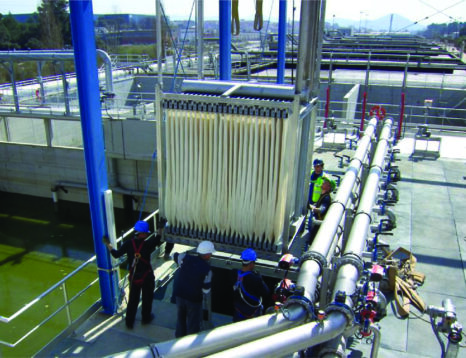
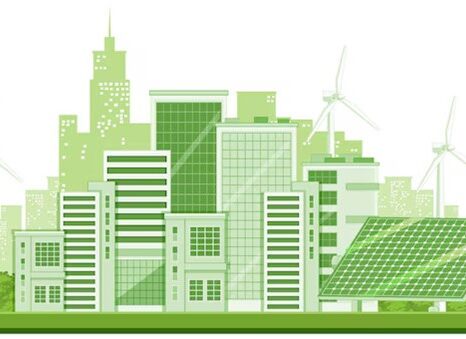




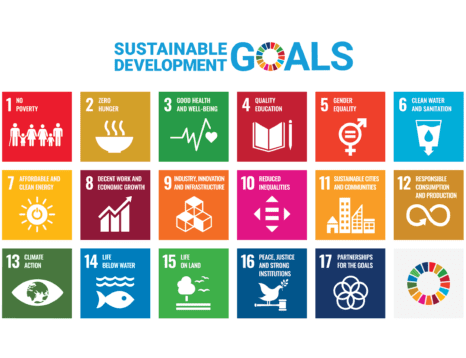
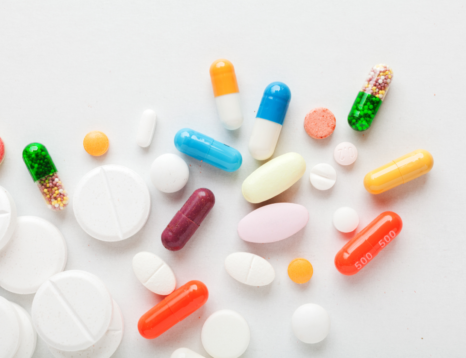


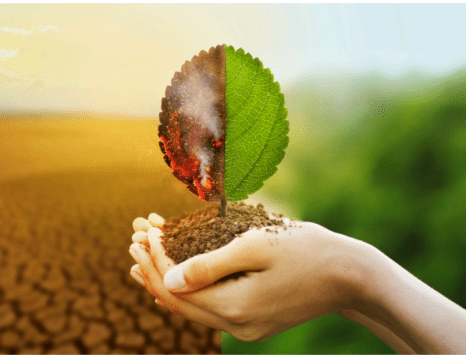
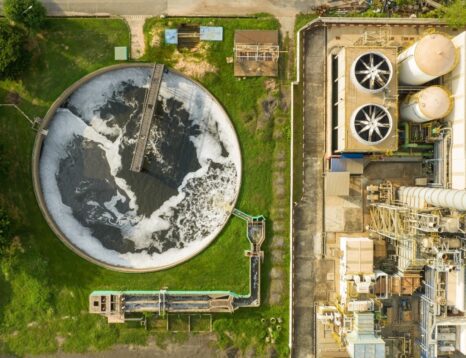

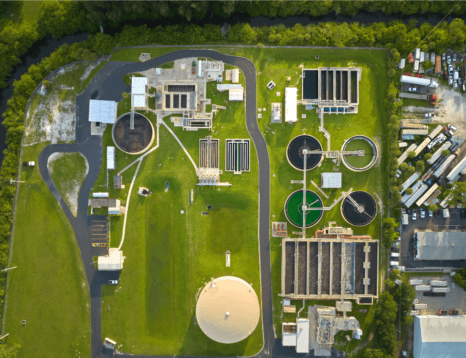
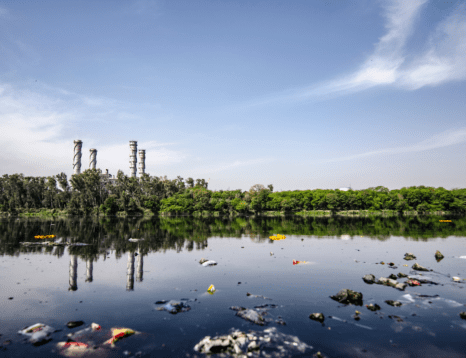

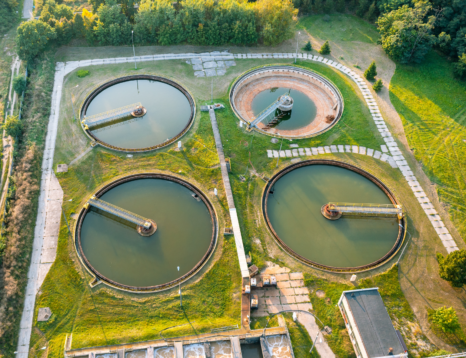
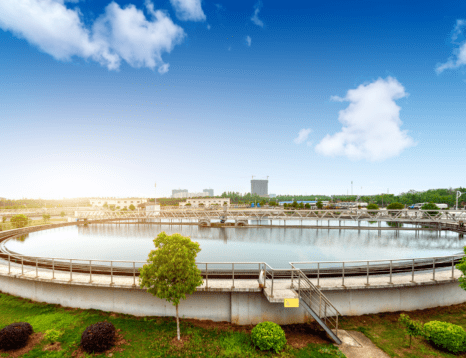
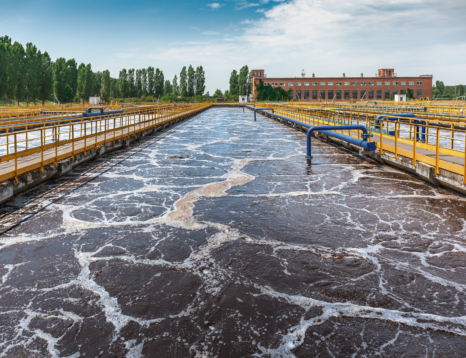
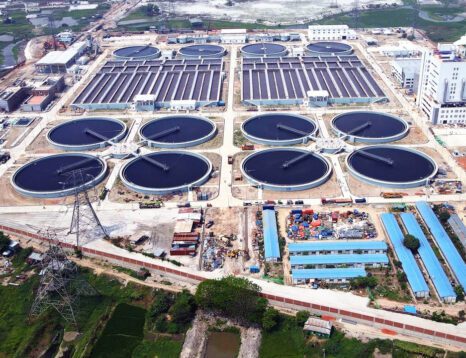
You must be logged in to post a comment.